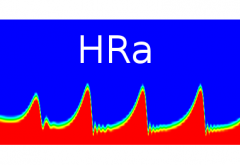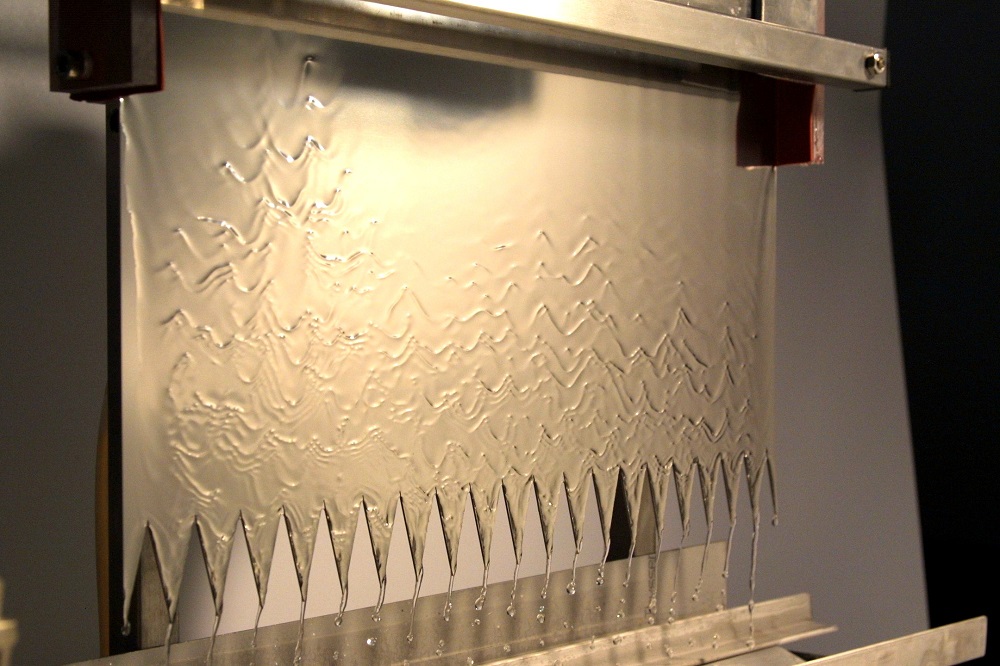Das ist ein Bossa mit viel typischem Offbeat. Ursprünglich schrieb ich den Easy Bossa, der nie zur Aufführung kam, weil er mir zu schwierig schien. Daher existiert nur eine Tonfassung mit Band in a Box:
Ich vereinfachte den Easy Bossa und nannte die neue Version Easier Bossa. Er ist noch immer nicht easy, aber easier.
Im Sommer 2015 führte ihn die Jürgen Wuchner Workshop Band im Orangeriegarten Darmstadt auf. Ich mag vor allem die entspannte Atmosphäre, die diese Aufnahme ausstrahlt.
Die Lead Sheets finden Sie hier:
EasierBossa_C EasierBossa_Bb EasierBossa_Eb

